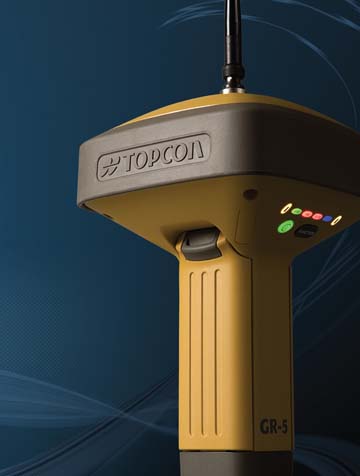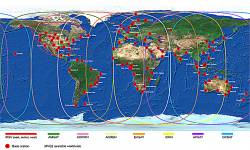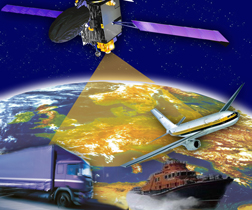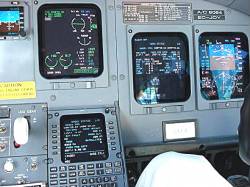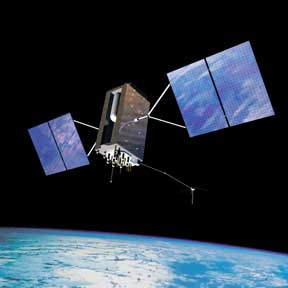Parkinson to Receive U.S. Naval Academy Alumni Association Distinguished Graduate Award for GPS Role

Brad Parkinson, who has received many honors for establishing and serving as the first program director of the GPS Joint Program Office (now GPS Directorate), is one of four U.S. Naval Academy graduates who will be honored in a Friday (March 25, 2011) ceremony for lifelong achievement and will receive the U.S. Naval Academy Alumni Association Distinguished Graduate Award.
By Inside GNSS



